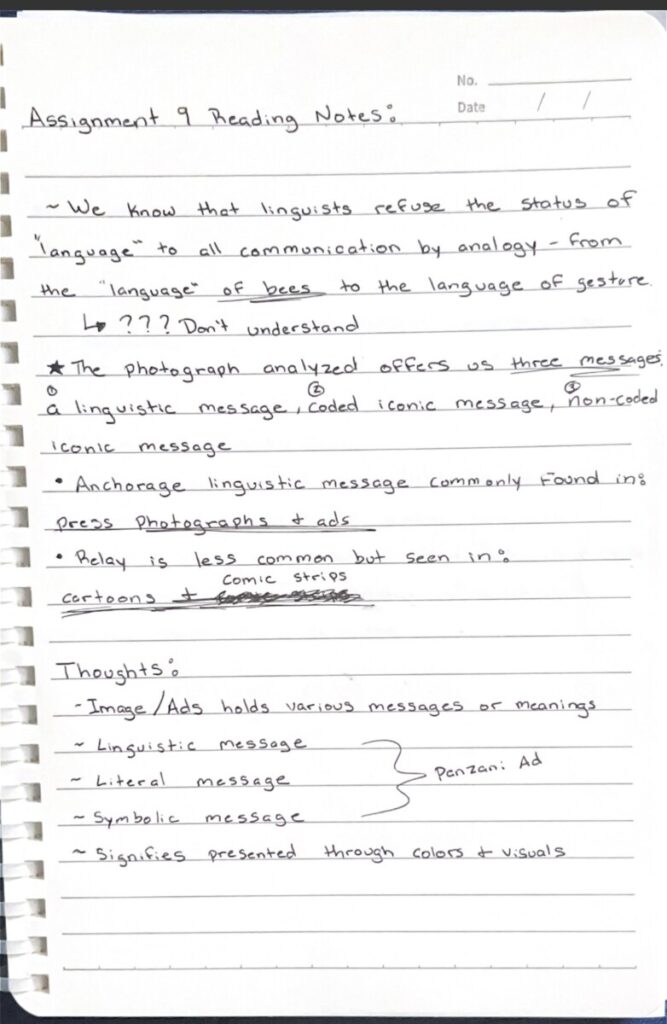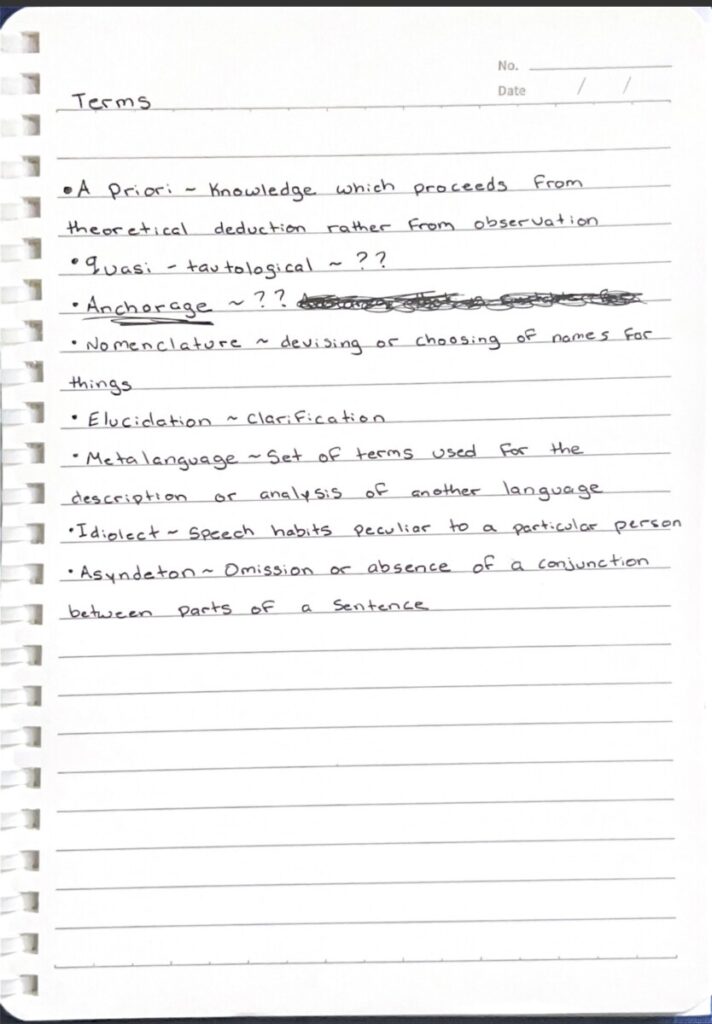Category: Uncategorized (Page 3 of 7)
This week I came across this ad conveyed by Unicef on YouTube. In my opinion, the ad disseminates essential information on Ukraine children who urgently needs help. Unicef is an international organization that deals with child protection, focusing on gender, ethnicity, race, culture, disability, and family and caregivers (UNICEF, 2022). The core values of this organization cover these four aspects, which delineate the stereotype that may impact the lives of children all over the world. When we see the ad, the first impression it creates in our minds significantly impacts the reputation of the organization. Even though they are children, the organization recognizes them and values their well-being; this is a clear demonstration of the identity and Representation of children regardless of their ethnicity, culture or rather race.
Companies or people usually include children under their parents. However, this organization recognizes children individually, demonstrating that they can stand alone as an individual with their rights. From the ad above, it is an essential message that does not exclude anyone but portrays the inclusion of the general public despite one’s race, ethnicity, culture, or even gender. The message is not directed to a target audience but the rest of the world, either male or female, to come together and help children in Ukraine. Children include both males and females, and those living in Ukraine are from varied backgrounds. From the reading and this ad, I have learned a lot regarding identity and Representation. Advertisement portrays a lot regarding the reputation of an organization. The interpretation of the message in an advertisement can either build a brand name of a company or destroys it.
Although linguists refuse the status of language to all communication, a message can be inferred not only from the mere simple agglutination of symbols but more precisely from the true system signs of the image. But often, image is perceived to be weak in respect of meaning, and as a result, some perceive an image to be an extremely rudimental system when compared with language, while others feel that the ineffable richness embedded therein can be fully exhausted.
In reference to the presented article, Rhetoric of the Image, the author, Roland Barthes, informs that regardless of the supposed limitation of meaning, it supports a veritable ontology of the signification process (Barthes, 2015). But seemingly, the author preferably analyses an advertising message since they are undoubtedly intentional.
While analyzing the presented, Panzani advertisement image, the author initially identifies the most obvious aspects supporting linguistics, including caption and labels inserted, allowing code identification. Devoid of the linguistic message leaves a pure image asserted to be twofold: denotational and connotational, and since the signs are not linear, the order is unimportant (Barthes, 2015). The author then proceeds to the iconic message, the relation between signified and signifier, which is asserted to be quasi-tautological, and the transition. A satisfactory analysis should present the linguistic message as well as a coded-iconic and non-coded iconic message.
Questions Relating to the Article
How does one determine the nature of transformation between the signifieds and signifiers?
Why does the author imply that the absence of code reinforces the myth of photographic naturalness?
The author emphasizes that coding of the denoted message consequently affects connoted message since the literal coding prepares and facilitates connotation by establishing a certain discontinuity in the image at once. What does this imply?
A core aspect differentiating the message presented in drawing and photograph is the ethic. What other aspects discriminate against these elements?
Terms I didn’t understand:
Etymology Imitari Semiology Agglutinations En abyme Connotational Italianicity
The article talks about the usage of words and imagery as well as its coexistence as a whole. It speaks about the example of a Panzani advertisement and its use of imagery as its primary source method to express the message, while the logos/caption on the product serving as a sort of support of the ad. The article speaks of the potential disconnect the usage of both actual sentence and imagery would have had for the advertisement.
Etymology is the study of the origin of words and the way in which their meanings have changed throughout history.
Thus we find ourselves immediately at the heart of the most important problem facing the semiology of images; a fancy way of saying our heart is always imagining?
Thus from both sides, the image is felt to be weak in respect of meaning; our perspective on the image can be many different perspectives not everyone may see it as “weak”
Points I liked in the passage
e, evoking the memory of innumerable alimentary paintings sends us to an aesthetic signified: the”nature morte” or, as it is better expressed in other languages, the “still I’fe”3; the knowledge on which this sign depends is heavily cultural.
Polysemy poses the question of meaning and this question always comes through as a dysfunction, even if this dysfunction is recuperated by society as a tragic
Hence in every society, various techniques are developed intended to fix the floating chain of signifieds in such a way as to counter the terror of uncertain signs; the linguistic message is one of these techniques.
; the text directs the reader through the signifieds of the image
The distinction between the literal message and the symbolic message was operational
Unfamiliar vocabulary
denoted, is a cclcJed message
Apprenticeship
Brute
Anthropological
Spacial immediacy
Definitively unsurpassable
Italiancity
KEY WORDS
- Imitary
- Image
- Sign
- Symbol
- Linguistic
- Message
- Code
- Italianicity
- Cultural message
- Literal message
- Symbolic message
- Rhetoric
- Anchorage and relay
UNKNOWN WORDS
- Ontology
- Tautological
- Polysemous
- Denotational
- Connotational
- Syntagm
- Metalanguage
NOTES
- “Thus we find ourselves immediately at the heart of the most important problem facing the semiology of images: can analogical representation (the”copy”) (produce true systems of signs and not merely simple agglutinations of symbols?” – What is the difference between sign and symbol? I don’t quite understand.
- “image is an extremely rudimentary system in comparison with language and those who think that signification cannot exhaust the image’s ineffable richness”
- “The linguistic message is this twofold (at least in this particular image): denotational and connotational” – What does the author want to mean by denotational and connotational?
- “message without a code” – I don’t understand what this means.
- “Does the image duplicate certain of the information given in the text by a phenomenon of redundancy or does the text add fresh information to the image?”
- What are anchorage and relay according to the author?
- “the anchorage may be ideological and indeed this is its principal function; the text directs the reader through the signifieds of the image, causing him to avoid some and receive others; by means of often subtle dispatching,t remote-controls him towards a meaning chosen in advance.” – ????
- “the words, in the same way as the images, are fragments of a more general syntagm and the unity of the message is realized at a higher level, that of the story, the anecdote, the diegesis…” – What syntagm means?
- “This evictive state naturally corresponds to a plenitude of virtualities: it is an absence of meaning full of all the meanings… but this intelligibility remains virtual by reason of its very poverty, for everyone from a real society always disposes of knowledge superior to the merely anthropological and perceives more just than the letter.” – ?????????
- Photography and drawing
Terms
Tautological
Syntagm
conotation means to point toward something
denotation is its literal meaning.
Analysis
Barthes explains that when words accompany an image the image loses its freedom to be interpreted. the image is a slave to the text that accompanies limiting the interpreters ability to ascribe meaning where there may be none, or to ascribe a separate meaning altogether.
When an image contains words, it requires you at the very least to know how to read the words within the image to understand its meaning.
Advertising contains no literal images as it’s advertising’s job to point at greater meaning.
At its barest state the meaning of an image is exactly what it is. Meaning at its very core an image has at least one meaning.
Photograph representing the here and now and the there and then is interesting.
The literal image is the basis of the symbolic image.
The more technology we develop to view and create images the easier it is to hide the true meaning of those images under the literal image.





Recent Comments